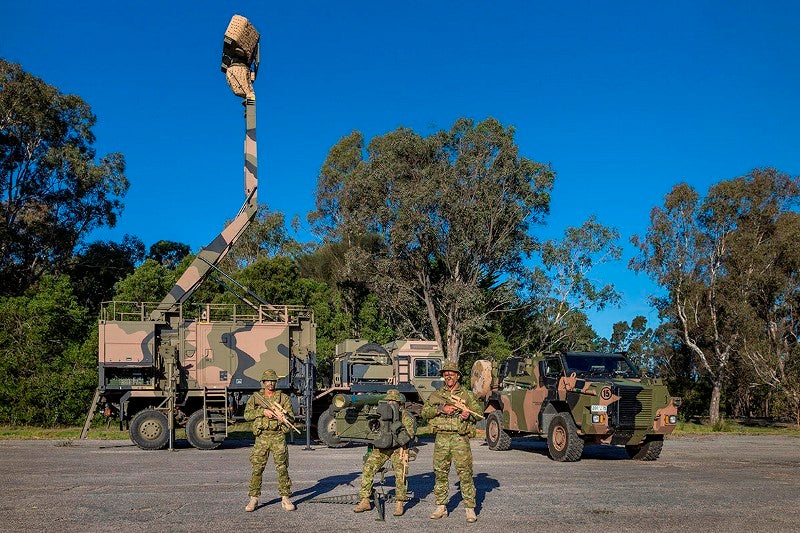I suspect the >3km range 30mm airburst rounds of the Land 400 Ph 2 CRVs then same on Ph3 vehicles will provide some measure of cover.Quick question for those in-the-know - does the Army have any plans to pursue a C-RAM/UAV capability in the future? The shift from RBS-70 to NASAMS is a big step up in many respects, but it doesn't strike me as an ideal solution in the VSHORAD space, especially where C-RAM and C-UAV is concerned(?). I remember mutterings about Skyranger 35mm + Boxer on DTR some time ago but nothing since.
Also note the award to Codarra 18 months ago:

Counter-UAS and EW tech in latest Hub contracts - Australian Defence Magazine
Minister for Defence Christopher Pyne has announced three more Defence Innovation Hub contracts, investing $7.8 million in promising counter-UAS, electronic warfare, and autonomous aircraft technology...
 www.australiandefence.com.au
www.australiandefence.com.au


